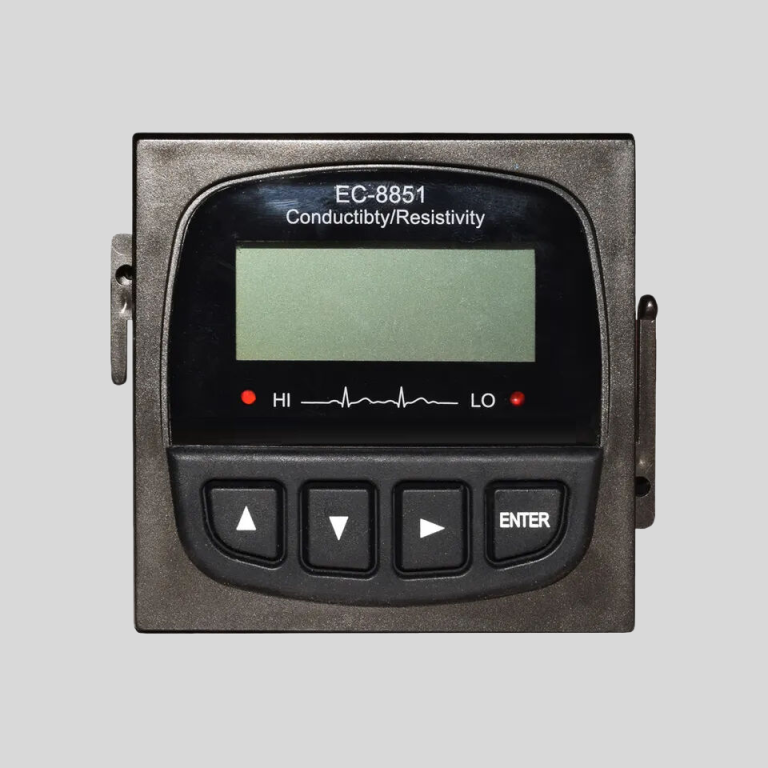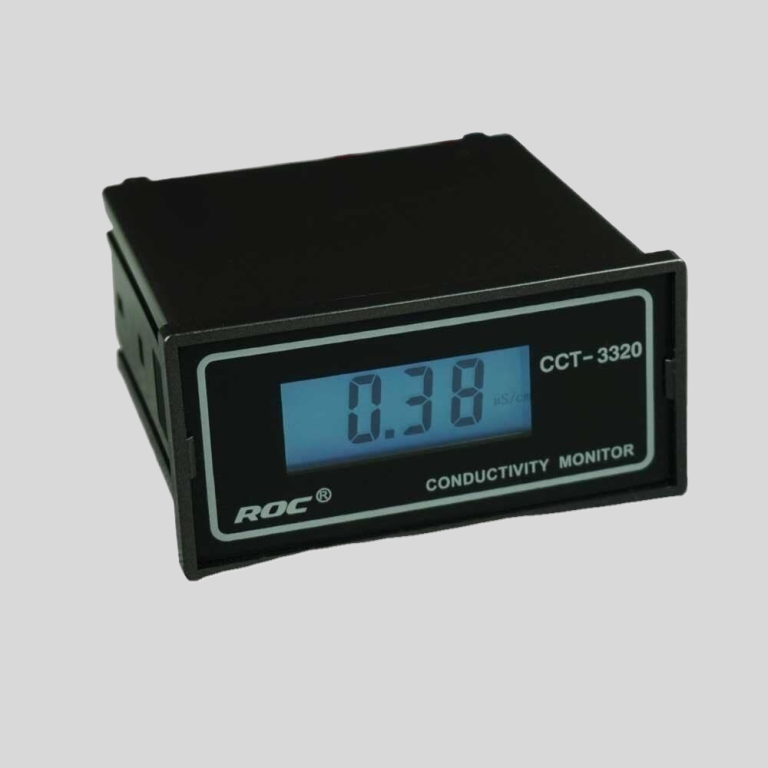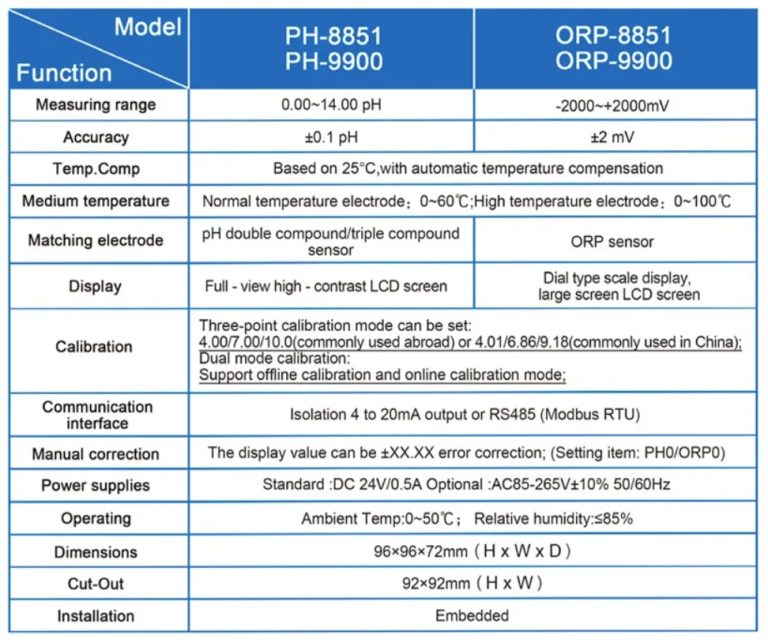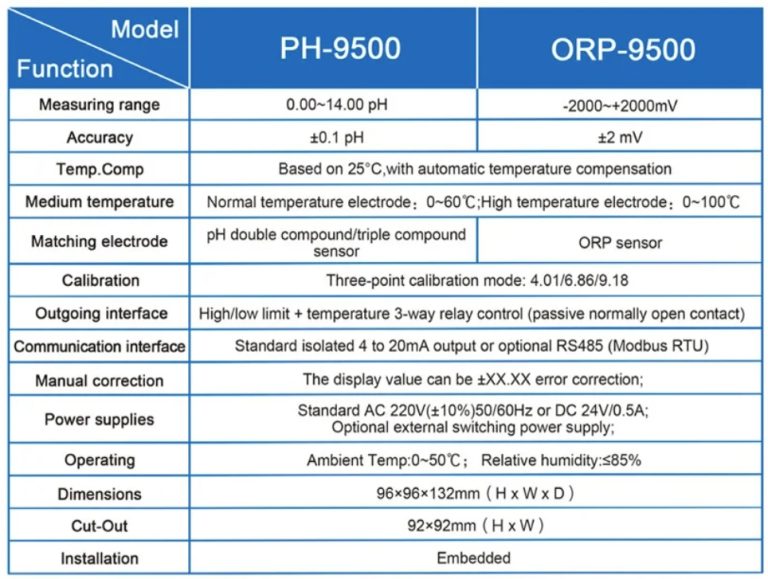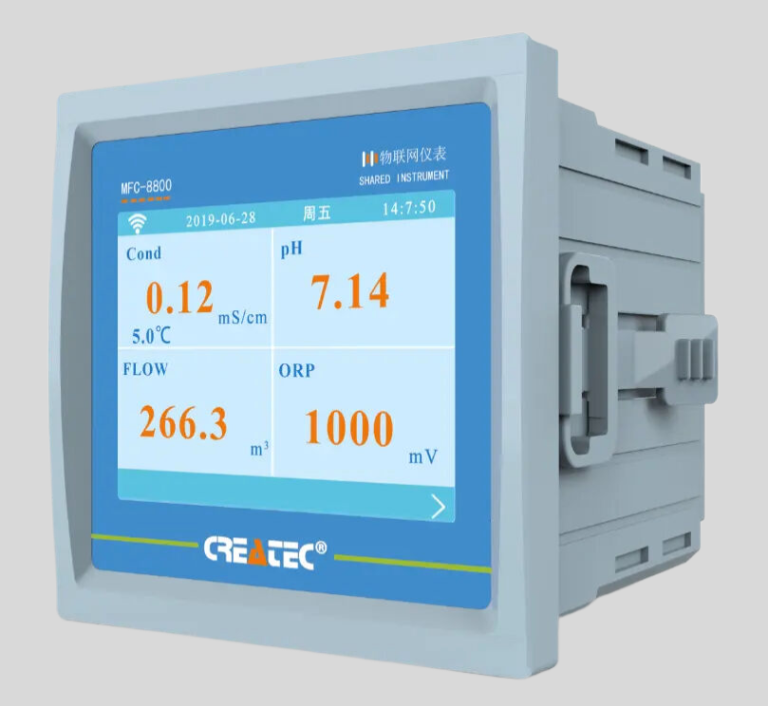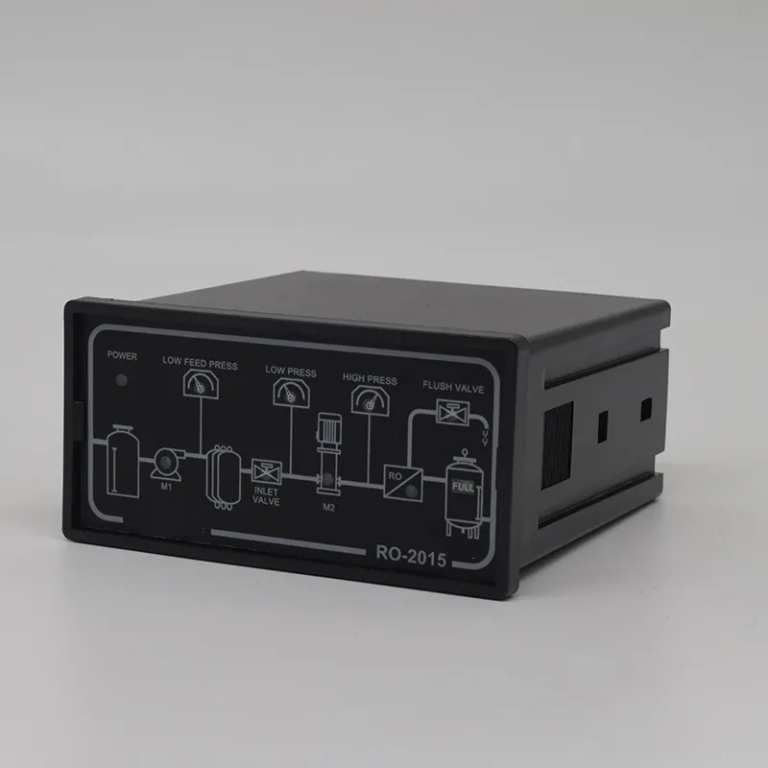Understanding the Basics of Differential Pressure Flow Transmitters
Differential pressure flow transmitters are essential instruments used in various industries to measure the flow rate of liquids, gases, and steam. These devices work on the principle of measuring the pressure difference between two points in a flow system, known as the differential pressure. By accurately measuring this pressure difference, the flow transmitter can calculate the flow rate of the fluid passing through the system.
| POP-8300 free chlorine online analyzer | ||
| System Model | POP-8300 free chlorine online analyzer | |
| Measurement configuration | (HClO)free chlorine.. | |
| total free chlorine/(ClO2)/pH/Temperature | ||
| Free chlorine | (0.00-2.00)mg/L(ppm); (0.00-20.00)mg/L(ppm) | |
| Measurement | pH | 2.00-12.00 |
| range | Temperature | (0.0-99.9)℃ |
| Free chlorine | 0.01mg/L(ppm) | |
| Resolution | pH | 0.01 |
| Temperature | 0.1℃ | |
| Free chlorine | Indication error 10% | |
| Accuracy | pH | 0.1pH |
| Temperature | ±0.5℃ | |
| Sensor life | pH/free chlorine sensor | 12months(The service life is closely related to the measurement medium and maintenance frequency) |
| Communication interface | RS485 | MODBUS RTU communication protocol |
| Number of channels | Double channels | |
| (4-20)mA | Technical feature | Isolated, reversible, completely adjustable, instrument/transmitter dual mode |
| output | Channel configuration | Programmable point to Free chlorine, chlorine dioxide, Temperature, pH |
| Loop resistance | 400Ω(Max), DC 24V | |
| Transmission accuracy | ±0.1mA | |
| Number of channels | Double channels | |
| Contact mode | The first and second for photoelectric switch | |
| Control output | Load capacity | Load current 50mA(Max),AC/DC 30V |
| Control point | Programmable function(Free chlorine, chlorine dioxide, Temperature, pH, Timing) | |
| Load capacity | Load current 50mA(Max),AC/DC 30V | |
| Control point | Programmable function(Free chlorine, chlorine dioxide, Temperature, pH, Timing) | |
| Power supply | Connected to electric supply | |
| AC80-260V;50/60Hz,compatible with all international | ||
| market power standards(110V;220V;260V;50/60Hz). | ||
| Working environment | Temperature:(5-50)℃;relative humidity:≤85% RH(non condensation) | |
| Power Consumption | <20W | |
| Storage environment | Temperature:(-20-70)℃;relative humidity:≤85%RH(non condensation) | |
| Installation | Wall mounted(with the preset back cover) | |
| Cabinet weight | ≤10kg | |
| Cabinet dimension | 570*mm*380mm*130mm(H×W×D) | |
One of the key components of a differential pressure flow transmitter is the primary element, which creates a pressure drop in the flow system. This pressure drop is essential for accurate flow measurement, as it allows the transmitter to calculate the flow rate based on the differential pressure. There are several types of primary elements used in differential pressure flow transmitters, including orifice plates, venturi tubes, and flow nozzles, each with its own advantages and limitations.
| model | pH/ORP-5500 series pH/ORP online transmitting controller | |
| Measurement range | pH | 0.00~14.00 |
| ORP | -2000mV~2000mV | |
| Temp. | ( 0.0~50.0)℃ (temperature compensation component:NTC10K) | |
| Resolution | pH | 0.01 |
| ORP | 1mV | |
| Temp. | 0.1℃ | |
| accuracy | pH | 0.1 |
| ORP | ±5mV(electronic unit) | |
| Temp. | ±0.5℃ | |
| Approximate input impedance | 3×1011Ω | |
| Buffer solution | pH value: 10.00;9.18;7.00;6.86;4.01;4.00 | |
| Temp. compensation range | (0~50)℃(with 25℃ as standard)Manual and automatic temperature compensation | |
| (4~20)mA | characteristics | Isolated,fully adjustable,reverible,instrument/transmitter for selection |
| Loop resistance | 500Ω(Max),DC 24V | |
| accuracy | ±0.1mA | |
| Control contact | Electrical contacts | Double relay SPST-NO,return model |
| Loop capacity | AC 220V/AC 110V 2A(Max);DC 24V 2A(Max) | |
| Power consumption | <3W | |
| Working environment | temperature | (0~50)℃ |
| humidity | ≤85%RH(none condensation) | |
| Storage environment | Temp.(-20-60) ℃;relative humidity:≤85%RH(none condensation | |
| Outline dimension | 96mm×96mm×105mm(H×W×D) | |
| Hole dimension | 91mm×91mm(H×W) | |
| installation | Panel mounted,fast installation | |
Orifice plates are one of the most commonly used primary elements in differential pressure flow transmitters. They consist of a thin plate with a hole in the center, which creates a pressure drop as the fluid passes through the orifice. This pressure drop is directly proportional to the flow rate of the fluid, allowing the transmitter to accurately measure the flow rate. Orifice plates are simple, cost-effective, and suitable for a wide range of flow applications.
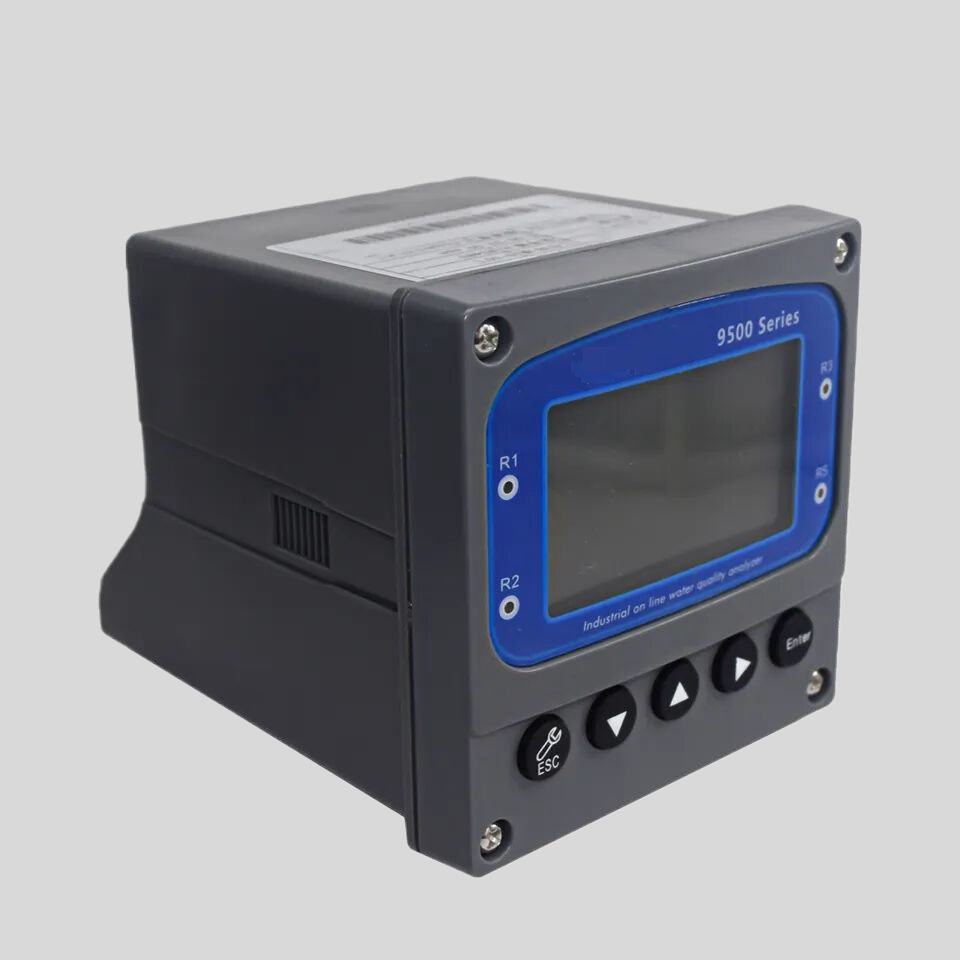
Venturi tubes are another type of primary element used in differential pressure flow transmitters. They consist of a converging section, a throat, and a diverging section, which create a pressure drop as the fluid passes through the tube. Venturi tubes are more efficient than orifice plates in terms of pressure recovery and are often used in applications where energy conservation is important. However, venturi tubes are more complex and expensive than orifice plates, making them less suitable for some applications.
Flow nozzles are similar to venturi tubes but have a shorter, more streamlined design. They create a pressure drop by accelerating the fluid through a nozzle, which allows for accurate flow measurement. Flow nozzles are often used in high-velocity flow applications where accuracy is critical. However, like venturi tubes, flow nozzles are more complex and expensive than orifice plates.
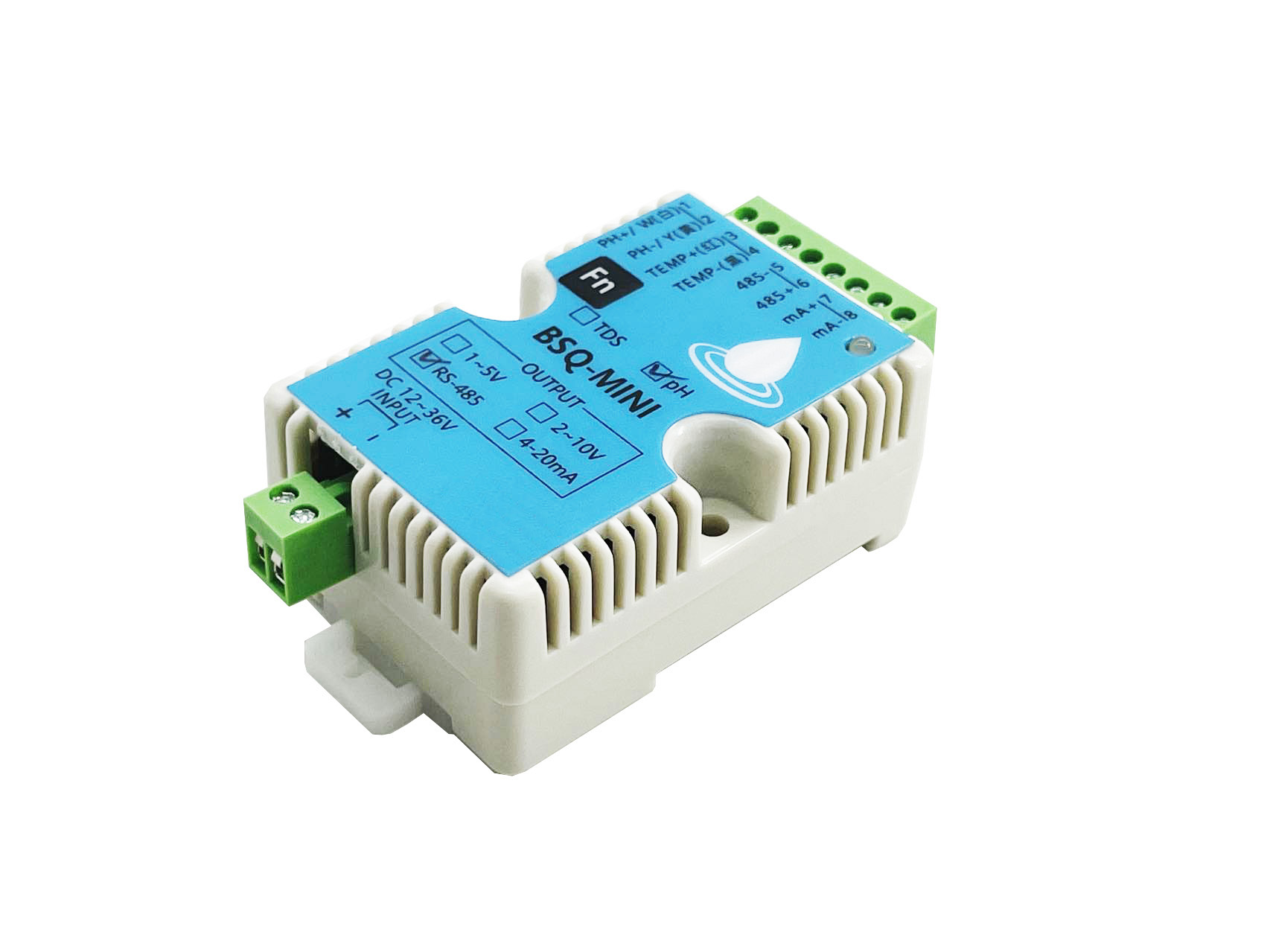
In addition to the primary element, a differential pressure flow transmitter also consists of a differential pressure sensor, which measures the pressure difference between the two points in the flow system. This sensor converts the pressure difference into an electrical signal, which is then transmitted to a control system for further processing. The control system calculates the flow rate based on the differential pressure signal and displays the result on a digital readout or transmits it to a data acquisition system for recording and analysis.
Overall, understanding the basics of differential pressure flow transmitters is essential for anyone working in industries where accurate flow measurement is critical. By knowing how these devices work and the different types of primary elements available, engineers and technicians can select the right flow transmitter for their specific application. Differential pressure flow transmitters play a crucial role in ensuring the efficient operation of flow systems and are indispensable tools for maintaining process control and optimizing performance.

